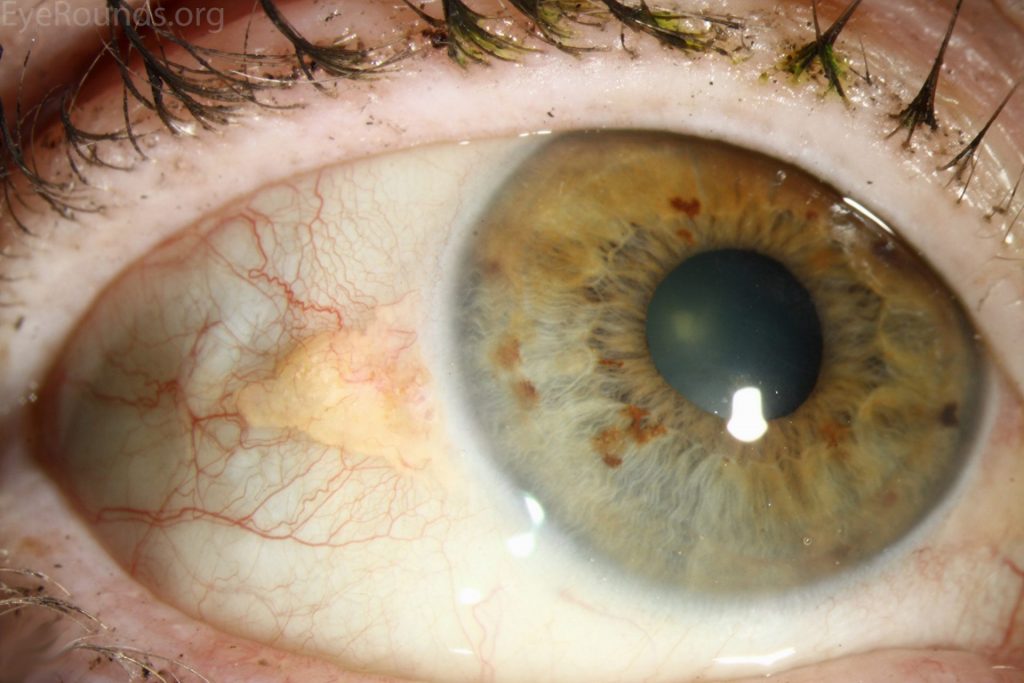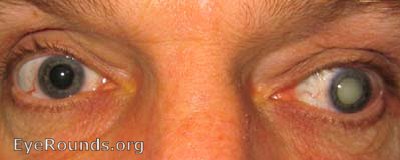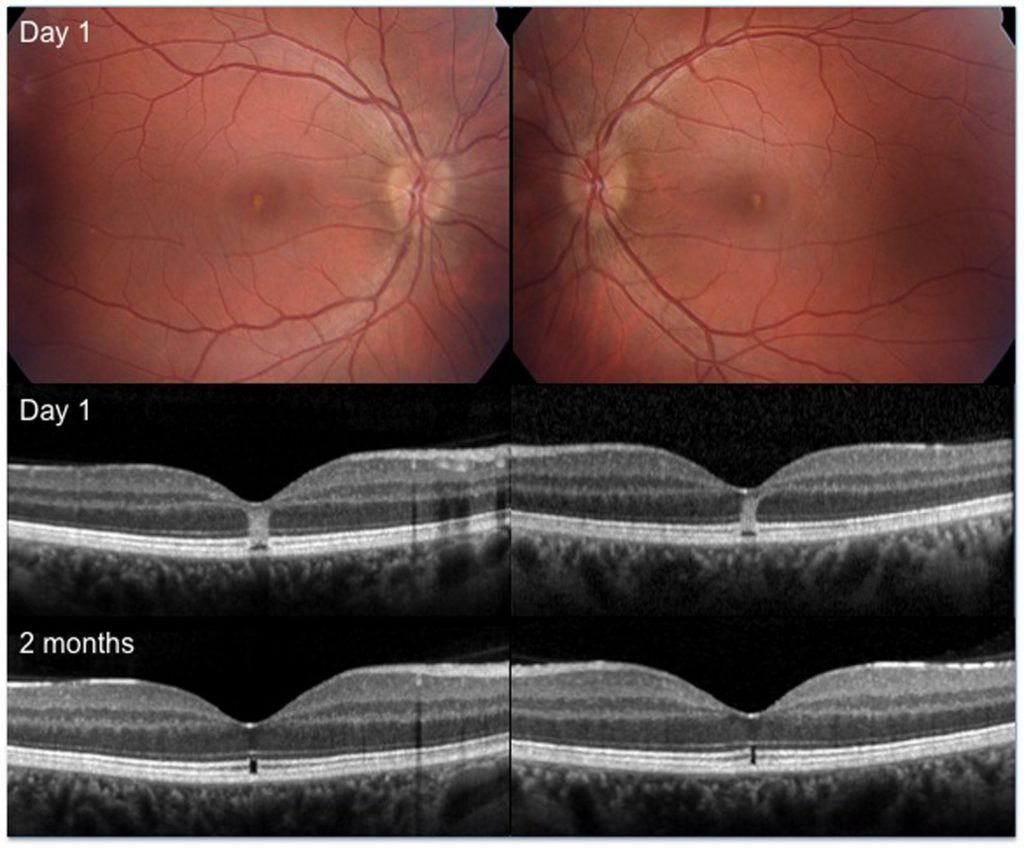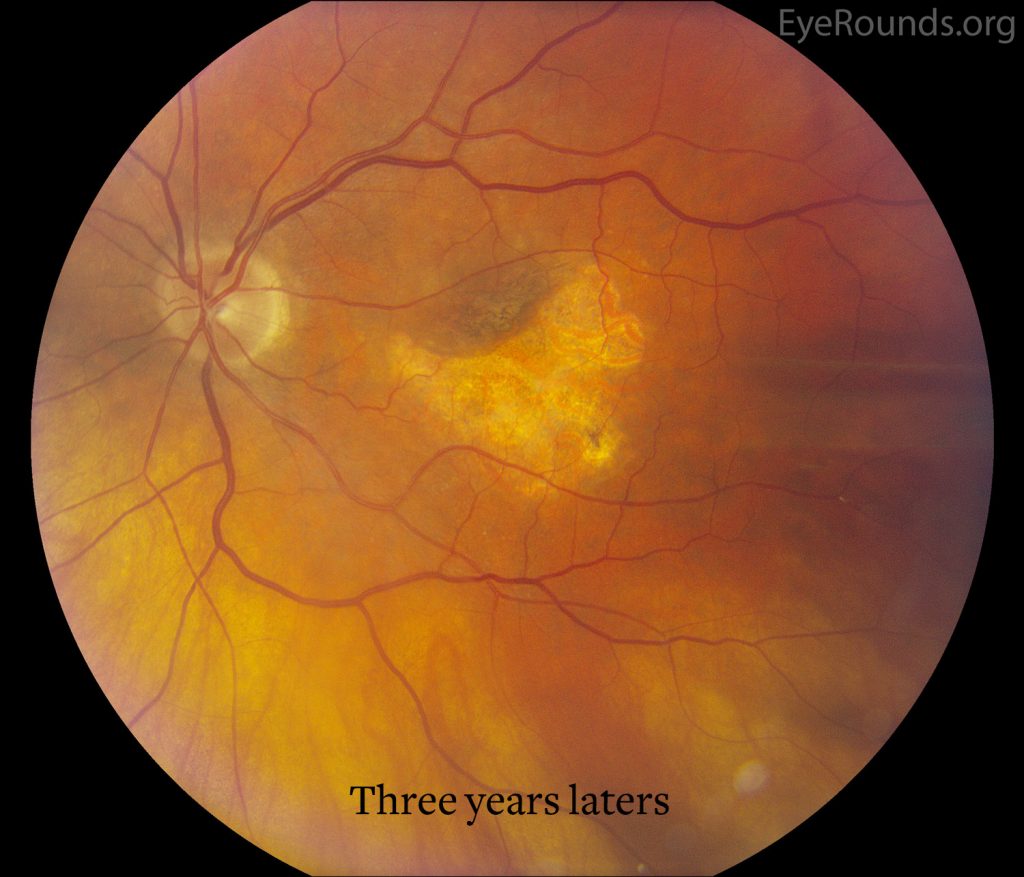
Our mornings beam with golden rays of the foundation of life for our great planet. The Sun has so many benefits for life to exist in the green, water abundant planet called Earth. The rays from the Sun feeds vegetations which in turn creates oxygen for humans and food for growth; as well as keeps the planet at a suitable temperature for survival. Our body also benefits by synthesizing Vitamin D from the skin absorbing sun light. Inside the rays of the Sun is the short wavelength of the light called Ultraviolet light or UV light. UV light helps cleanse the environment because of its ability to penetrate into deeper surfaces. We actually use it to sanitize frames between patients as it is very effective. But it can also penetrate deep to our skin as well as into our eyes. The modern sun screen was created after scientists visited a Bedoin family in a desert. Scientist were bewildered on why during a hot sunny day the Bedoins chose to be fully clothed rather than half clothed to reduce heat exposure. When asked, they pointed at the Sun and warned of its dangers to the body. Further research showed the vast dangerous and consequences the sun has on our body. Skin cancer is the number one cancer in the world due to UV damage from the sun. But the eyes are not spared. Below are the 5 most common results of sun damage to the eyes.
Pinguecula

Pingueculas are conjunctival degeneration mainly due to sun damage. They appear as raised yellow meaty growth on the white part of the eye at the 3 or 9 o’clock position. Once they form they don’t resolve. They can can also enlarge from further sun damage or dryness. This growth does disrupt the normal smooth tear film barrier of the eye. It is a viscous cycle, the more your eyes becomes dry the worse pinguecula gets and the worse the pinguecula gets the more your eyes will feel dry. Although surgery is an option, it is rarely done as the risks tends to outweigh the benefits.
Pterygium

Pterygium is a fibro-vascular growth that starts from an advanced pinguecula and grows over the cornea. In addition to blocking part of the vision it can also cause worsening astigmatism. This is frequently seen in those that work outdoors without proper sun protection. Pterygium excision surgery is highly successful and is necessary once the vision is affected.
Cataracts

If you live long enough, you will develop cataracts. But having long exposures of UV can result in developing cataracts at a younger age. Cataracts cause slow reduction in vision over time and can cause worsening glare when driving at night. They are also worsened with further persistent exposure to UV. Once the cataracts become advanced they can easily be removed with surgery and do not return after the surgery.
Solar Retinopathy

Solar retinopathy is caused from exposure to high intensity light. This condition tends to worsen for months after exposure before improving on its own. The main symptoms are mildly to moderately reduced vision and distortion in the central vision. During the big craze over the last major solar eclipse that brought millions of tourists down south to witness the phenomena, supply chains for the solar glasses buckled. Prices went form $1 to $10 to some paying $200. Similar to what we say during COVID-10 Pandemic with alcohol based hand sanitizer. With all the craze, non-effective solar glasses filled the shortages. That is when optometrist across America went to social media to educated the masses on the importance of making sure they were ISO certified. This is the reason Amazon blitzed a rapid return of solar eclipse glasses for fear of lawsuits from this condition since a lot of the ones they initially sold were actually not authentic. The risk from in developing this condition from staring directly at the sun does increase with use of tetracycline medications. It could also be caused by drugs such as cannibas.
Macular Degeneration


Age related macular degeneration results in debilitating central vision loss by damaging the layer responsible for your straight ahead vision. The RPE layer with Bruch’s membrane below the macula deteriorates over time slowly decreasing vision over many years but if bleeding develops from advanced disease, it can result in rapid vision loss within days to weeks. This would require a course of eye injections to reduce the bleeding and prevent further vision loss. Apart from genetics, macular degeneration risk increases with UV damage throughout the years. Those with light colored eyes are more susceptible to damage from UV. Smoking, further UV damage and uncontrolled high blood pressure worsens the condition once it develops.
Prevention is better than a cure
Apart from the cosmetic impact, there are serious medical conditions that can result from long term sun exposure. Sun damage can take years to develop. That is why it is important to create good habits early on. But you cannot put sun screen on your eyes. It is best to use proper sun protection. Having a quality sunglasses is essential for protecting your eyes on a daily basis. A quality pair of sunglasses will be polarized with a strong UV protection in the lenses that easily covers the orbit of your eyes minimizing light from the side to enter. Just like sun screen, it is better to have a broad spectrum of UV protection. Sunglasses can also be made without UV protection. That is why it is important to make sure the lenses in your sunglasses are made properly.





